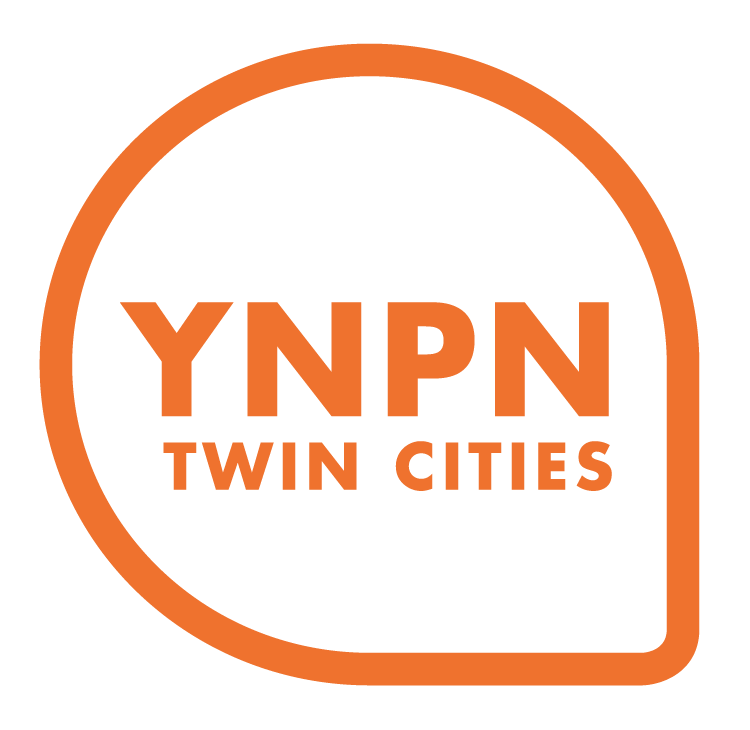The Future Is Organized: How Workers Are Reshaping the Nonprofit Sector
by Jessica Del Fiacco
As workers forming union campaigns at Amazon and Starbucks make national news – and history – local nonprofits are seeing their own wave of labor organizing.
In the past few years, Twin Cities nonprofits varying in size, structure, and focus area have organized with local unions. To name a handful of examples: workers at the Beacon Housing Collaborative, FairVote Minnesota, the Minnesota Council of Nonprofits, and MinnPost won recognition with the Minnesota Newspaper and Communications Guild - CWA; and workers at Jewish Community Action, Minnesota Voice, the Minnesota Youth Collective, the Institute for Local Self-Reliance, and Headway Emotional Health Services won recognition with Office Professional Employees International Union Local 12.
Minneapolis and Saint Paul have long been union towns, and we have a high per-capita number of nonprofits, so perhaps this trend isn’t surprising. But what’s driving it?
Nonprofit workers face a number of chronic issues that unions can help address, including lower salaries and benefits compared to the corporate or government sectors; high staff turnover rates, unsustainable workloads, and undemocratic decision-making processes. Union contracts also offer opportunities to advance equity in the workplace in concrete ways. This includes creating inclusive policies and specific protections for LGBTQ workers and workers who are Black, Indigenous, or people of color. Prioritizing racial equity in contract language is especially important in an industry where management overwhelmingly tends to be white.
In a sector grappling with white supremacy culture, the ever-growing need for services, limited funding, and the far-reaching impacts of the pandemic, workers are imagining a better future – and unions are a way to get there.
A Vision for the Future
What might wide-spread unionization in the nonprofit sector look like? It could reshape how organizations receive and distribute funds by changing the perceived value of services. It could change what day-to-day work looks like by allowing workers more of a voice in their working conditions. It could abolish pay disparities. It could establish a higher standard of care for ourselves and each other through things like better paid parental leave, improved healthcare benefits, more vacation days, and shorter work weeks.
The benefits of unions are also proven to go beyond the workplace and even beyond individuals’ quality of life. High union density correlates with key components of strong, democratic communities, including higher household incomes, improved access to healthcare, and fewer voting restrictions.
Importantly, for many nonprofit workers, the decision to unionize directly connects to personal and organizational values. This is clear in how Twin Cities unions have described their visions for the future:
From staff at the Beacon Housing Collaborative: “Beacon creates deeply needed and deeply affordable housing and builds power in faith communities with the vision of all people having a home. That work and vision is also what draws many of our staff to our jobs. For many of us, this view connects with a broader moral belief that our society has the resources and responsibility to universally meet basic human needs: including not only access to a home, but also to just wages, adequate healthcare, and education - a society where everyone can thrive.”
From staff at the Minnesota Council of Nonprofits: “We are organizing a union to implement a model of collective decision making, ensure the value of each worker’s time and labor is respected and justly compensated, and invest in employee professional growth and satisfaction.”
From staff at Jewish Community Action: “We repair the world as a ‘bnai brit--covenantal partners.’ Forming a union binds us in covenantal relationship with one another and commits us to take responsibility for one another as fellow workers. It also allows us to make more explicit the implicit covenant that forms our relationship with JCA as an organization and with our members.”
From staff at the Institute for Local Self-Reliance: “This decision [to unionize] is grounded in our personal values and in the mission of ILSR — particularly the belief that democracy can only thrive when economic and political power is widely dispersed.”
These statements reflect an inspiring challenge to the status quo in the nonprofit sector. Unionizing workers are seizing an opportunity to not only improve their lives, but to live out the mission of their organizations.
The Organizing Process
This isn’t to say that unionizing a nonprofit is a quick and easy solution. It requires time, energy, and leadership. It can take months, even years, to ratify a first-time contract, and while leaders at nonprofits are typically less antagonistic toward union campaigns than in the private sector, some amount of tension between management and unionizing staff is still common.
But if you, too, have a vision of a more democratic and sustainable future for your workplace, here’s how to get started. There are five main steps to forming a union:
Talk to Your Coworkers - What issues do people care about in your workplace? Are others interested in unionizing?
Form an Organizing Committee - An organizing committee is made up of workers who help plan and lead the process of unionizing.
Build Majority Support - Encourage your coworkers to sign union cards and/or petitions to show their support for the union.
Make Things Official - You can ask your employer to voluntarily recognize your union or you can hold an election via the National Labor Relations Board.
Negotiate a Strong Contract - Through a process called collective bargaining, you and your coworkers will negotiate a contract with management.
In my experience, this process of organizing and building solidarity among coworkers is both challenging and deeply rewarding. I’m excited to see what changes are in store for Twin Cities nonprofits as workers make their vision reality. Reshaping their organizations – and the sector at large – into something stronger, more equitable, and more in line with the values at the heart of our work.
- Jess Del Fiacco -


